5G will become the new standard for cellular networks. How can 5G unlock IoT’s potential?
In the final segment of our be in conversation series with technology partners, Ericsson’s Warren Chaisatien, Senior Global Director of IoT Customer Marketing tells us how the new capabilities enabled by 5G, such as the ability to integrate artificial intelligence, edge computing and network slicing will unleash the potential of IoT use cases.
Warren shares how 5G will unlock a new wave of IoT applications in robots, healthcare, industrial manufacturing and the automobile sector in particular, and how the data provided by IoT devices can create new value for enterprises. And for companies seeking multi-market IoT deployments, there are solutions to help navigate that process more smoothly.
Watch Warren’s interview with Ken Wee, our Senior Vice President, Alliance Partnerships and Innovation.
Ken: 5G will soon become the new standard for cellular network.What will be the impact of 5G on digital transformation and in particular, on the Internet of Things (IoT)?
Warren: 5G is bringing new capabilities critical to the digital transformation of our industries. And we are not just talking about high speed or suitable latency, but importantly, the ability for the network to leverage and integrate artificial intelligence and edge computing which are emerging as key enablers of future IoT use cases.
Ken: How can 5G unlock IoT’s potential?
Warren: One important aspect of 5G is network slicing, which in a nutshell, is the network’s ability to efficiently allocate resources to target and address different IoT applications with different requirements in terms of speed, latency and reliability.
Now, what we’re seeing today is more and more broadband and critical IoT. So things like robots and healthcare applications for example, and that requires super low latency, right? This group of new IoT applications are joining existing massive IoT deployments. So things like smart meters that we have had for years and years now.
And you can see that 5G with network slicing will be instrumental in unlocking this new wave of IoT applications. In fact, we expect that for the first time this year, broadband IoT enabled by 5G and 4G will outnumber traditional, massive IoT devices for the first time. We also predict that about 30% of all 5G use cases will require network slicing.
Ken: What are the key industries that will be affected by the combination of 5G and IoT?
Warren: Great question. Of the more than 80 million devices that we currently manage on our IoT accelerator platform, more than one-third are from the auto industry. So if you look around, connected cars remain a very top IoT use case anywhere in the world. And as we move from basic telemetry to V2X (Vehicle-to-everything) and in-car broadband services, you can see that 5G will be key in making things like this happen.
The next sector that we have on our platform is industrial manufacturing. And with the rise of digital twins, augmented reality, virtual reality, and robots, you can see again, that super low latency will enable things like this to happen on a manufacturing floor.
We also have a large number of health care and public safety devices on our platform. And again, 5G will enable real time 3D interactions in a very secure and reliable fashion.
Ken: We heard of many IoT security concerns. How can cellular connectivity using 4G or 5G address part of the end-to-end security solutions?
Warren: Enterprises adopting cellular technology are already a step, one step ahead when it comes to security. And here’s why: cellular technology is based on very stringent standards that require authentication between the device and the network before any communication can take place. And on 5G, any data that is transmitted on the network is automatically encrypted, hence providing an extra layer of defence.
Back to our platform: we have just introduced a new security feature that allows enterprises to proactively detect, manage and also mitigate cyber security risks in within parameters that suit their business needs.
Ken: What are the challenges and pain points enterprises are encountering in their IoT journey especially with multi-market IoT deployment in Asia?
Warren: This is a very good question. Yes, multi-market IoT deployments remain a major challenge for global enterprises, because typically in operating across borders, they have to face complexity in terms of dealing with multiple telecom service providers signing multiple contracts to make sure that their connected devices can be up and running seamlessly everywhere. And that is a very difficult thing to do.
In addition, they may face regulatory restrictions in various countries. And this is where Ericsson comes in, to help them. Enterprises using our IoT accelerator platform, what they need to do is that they will just have to deal with one telecom service provider who can take their business globally on their behalf and this is all done by that lead operator. What that means is that the enterprises now have one single contract with that telecom service provider. They will also have a single management view that gives them total flexibility, control and visibility into all that connected assets regardless of where they are deployed in the world.
And we are not talking about roaming here because increasingly, many broadband and critical IoT use cases may face permanent roaming bans in many countries. So what we are talking about here is localization of those devices onto local operators, networks. And again, this is all done by the operator on behalf of the enterprise.
Ken: Recently, I read an article by Ericsson about connected coffee machines. Could you tell me a little bit more?
Warren: Today Ericsson connects a lot of commercial coffee machines around the world. And coffee machines are an interesting case because they look very mundane, but once connected, they can generate new business value for all players across the value chain so let me elaborate on that a little bit more.
For the venue owners like gas stations and conference centers, for the first time, they’ll be able to adjust coffee pricing in real time in response to demand and time of day. And this is very similar to the concept of happy hours in the pub, you know, you and I go to a pub, 5pm get two for one, for instance. For the coffee machine operator, they can now manage coffee bean supplies much better. This is in addition to the usual operational data from the machine for predictive maintenance.
And all this is leading to reduced machine downtime, which again, means more revenue generation. For the coffee machine manufacturer, data has insights into our consumer preferences and behavior. For instance, in this part of the world, if lattes and cappuccinos are found to be the two most popular drinks, they can use that insight so that their future generations of coffee machines can come with larger milk compartments, just to serve consumers in Asia.
And last but not least, for us coffee drinkers and consumers, we can use our mobile phones to order coffee. And again use our mobile phones to pay for the hot drinks that we just ordered using mobile payments. Again, very hygienic. And I think that these developments would be a very welcome move in this COVID era.



